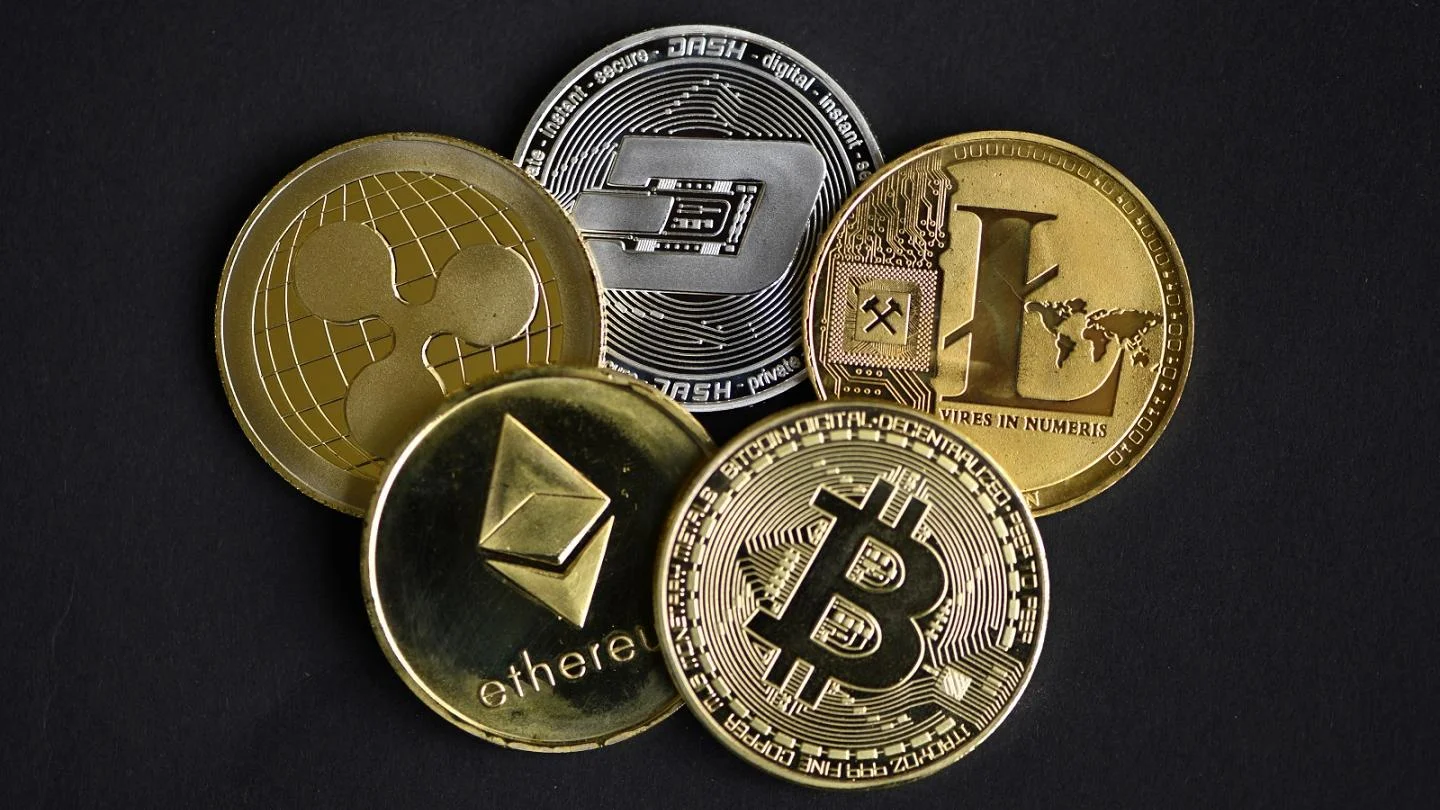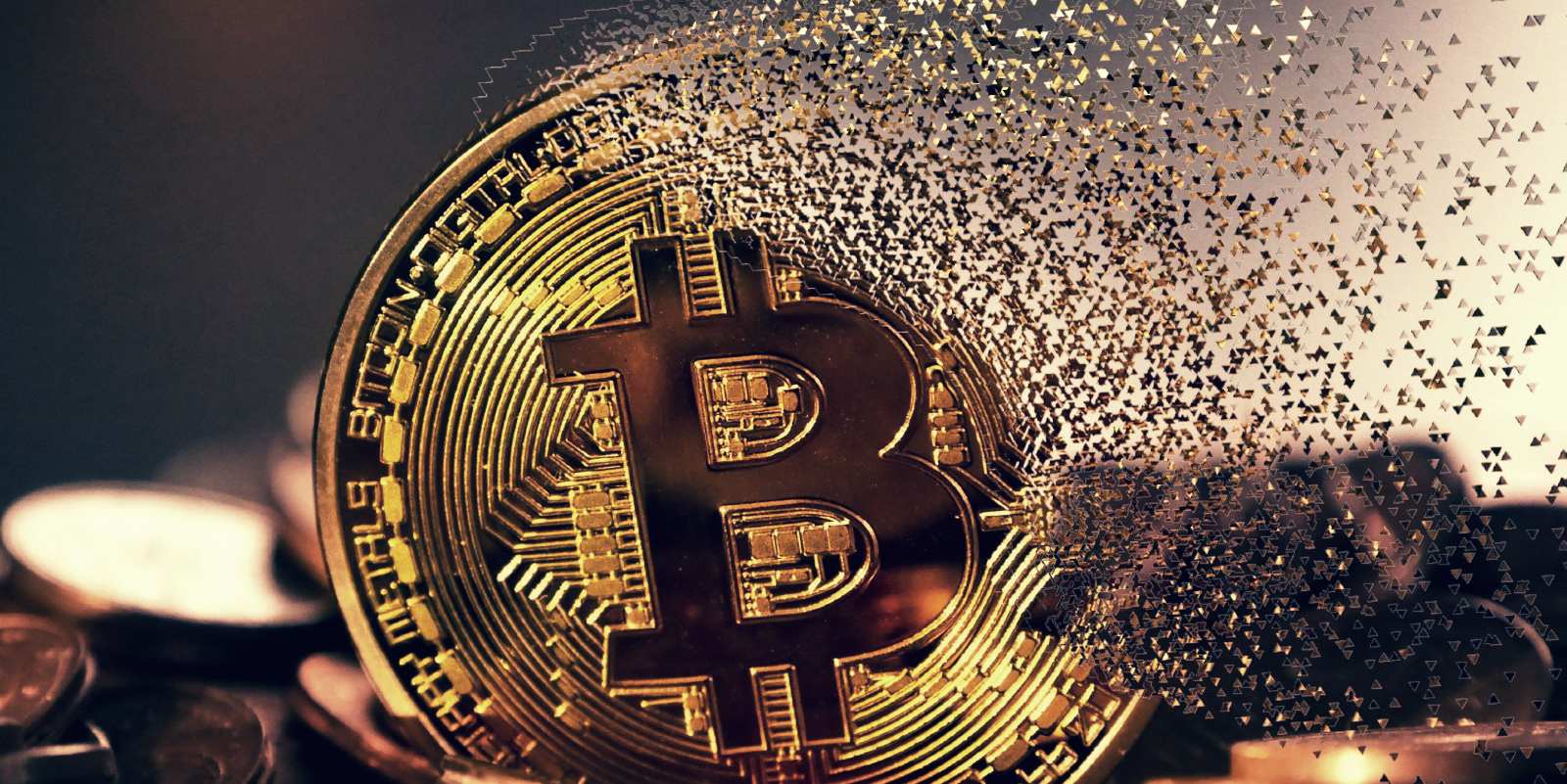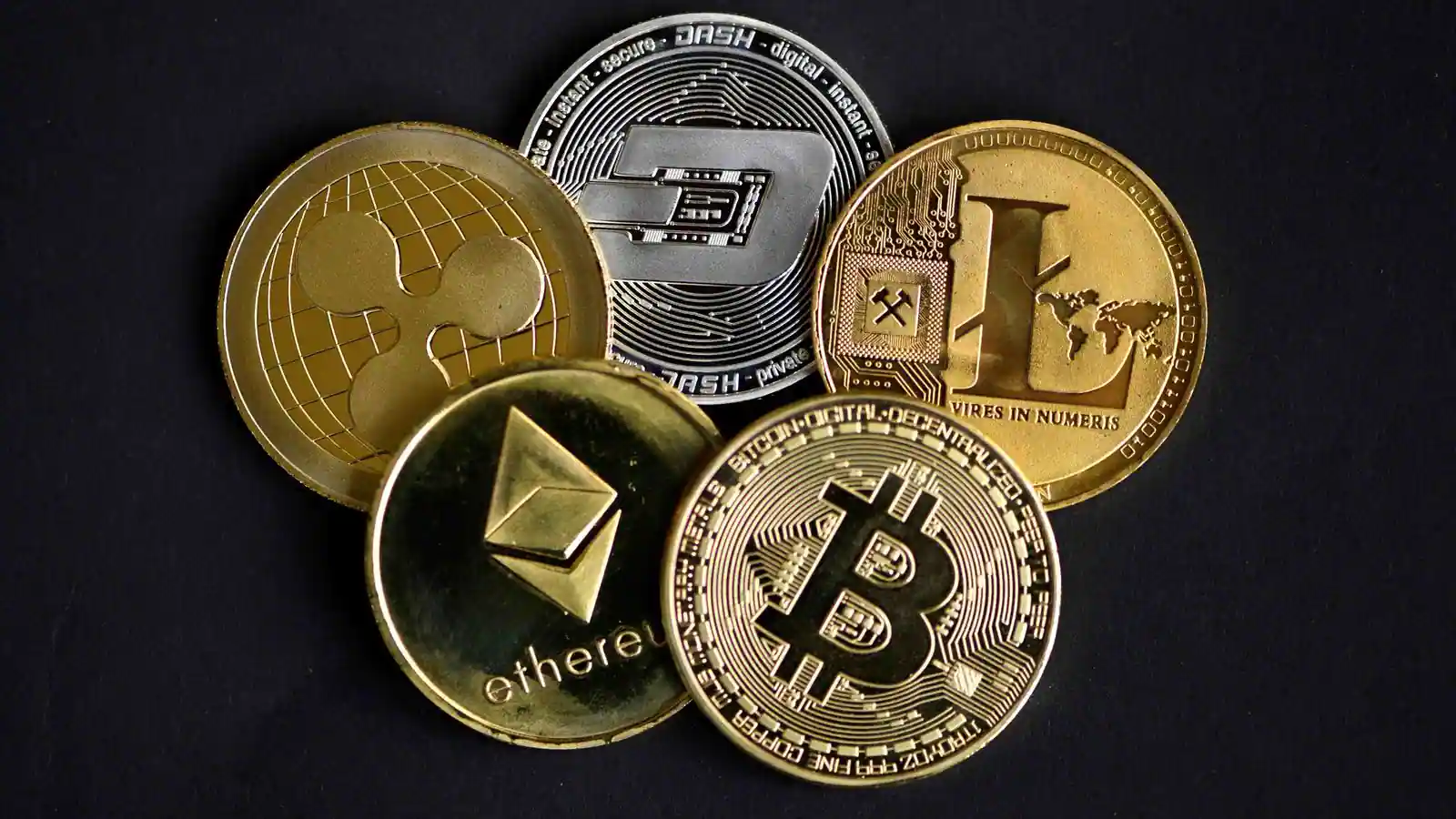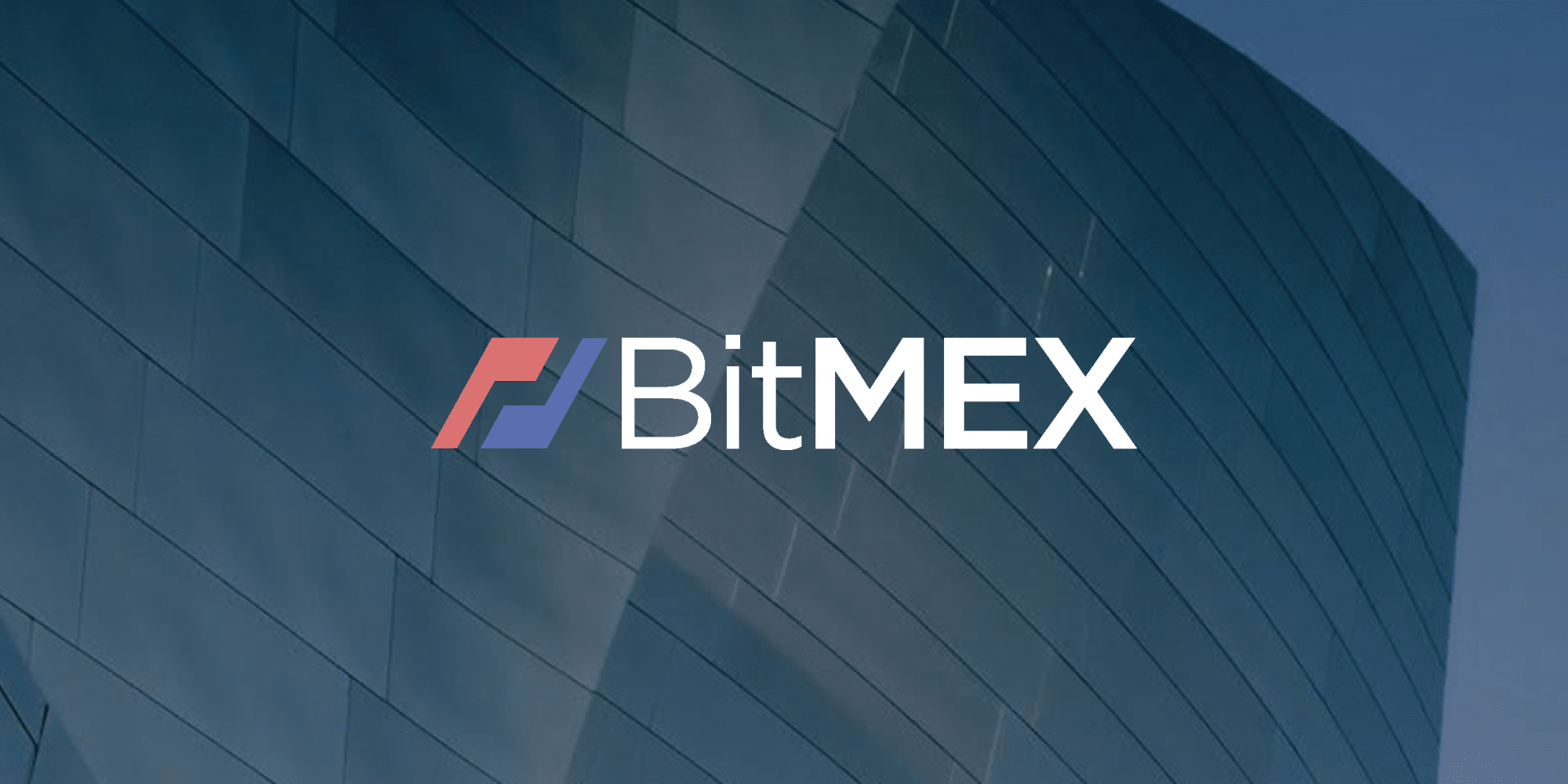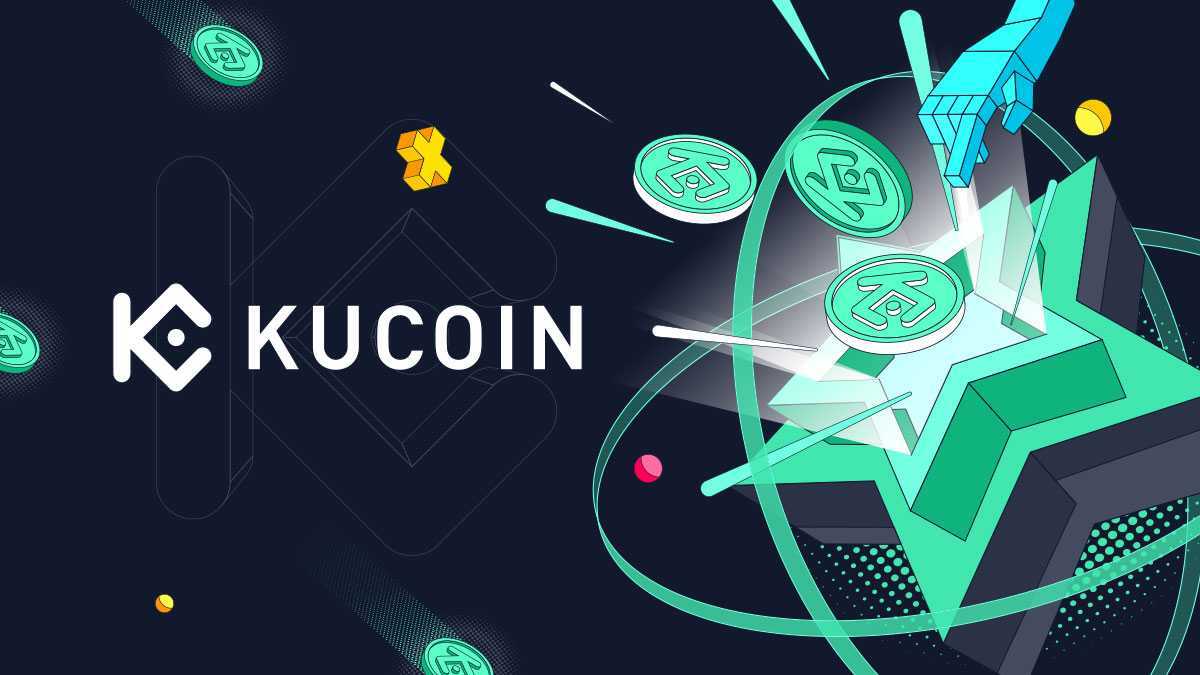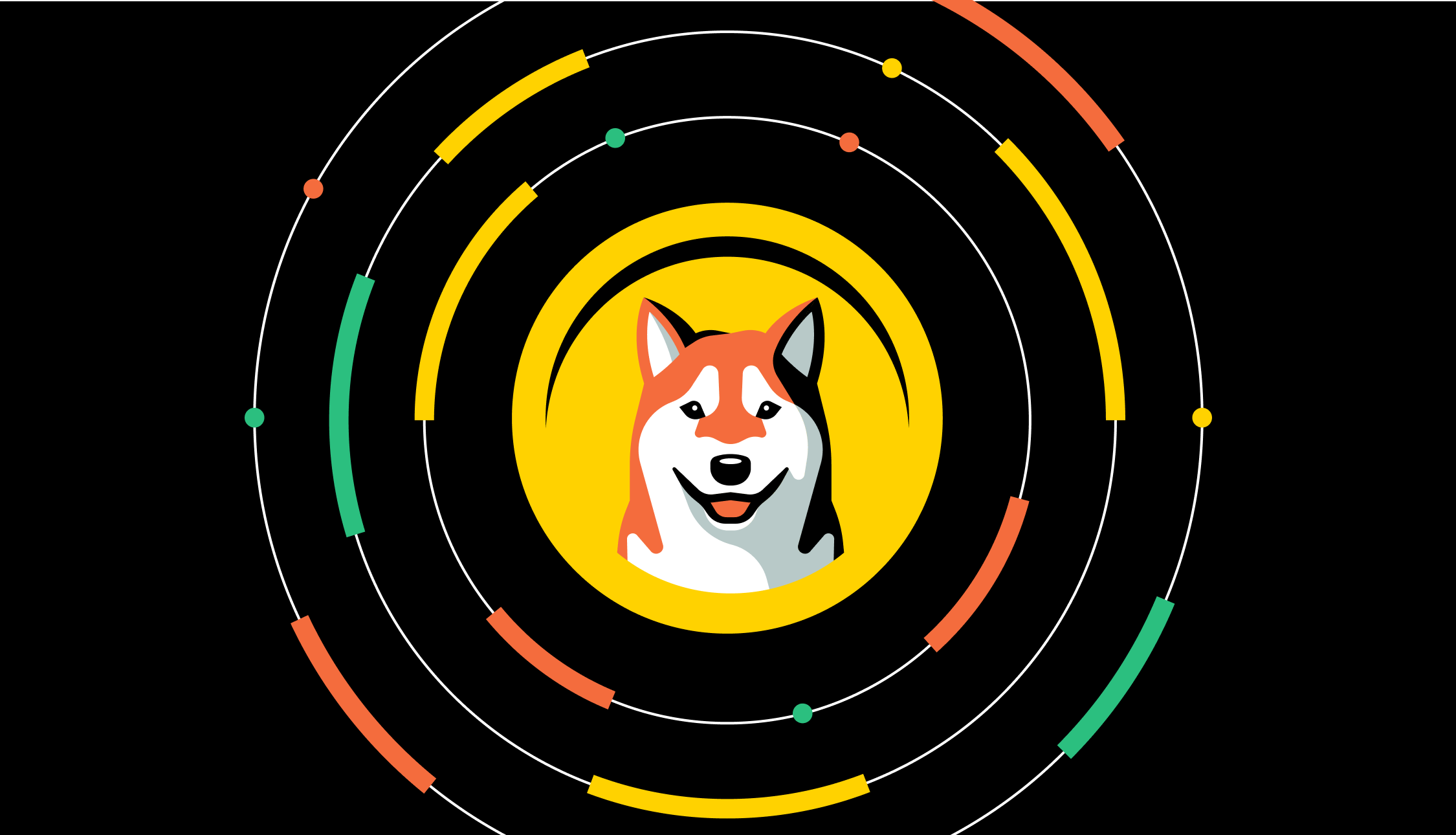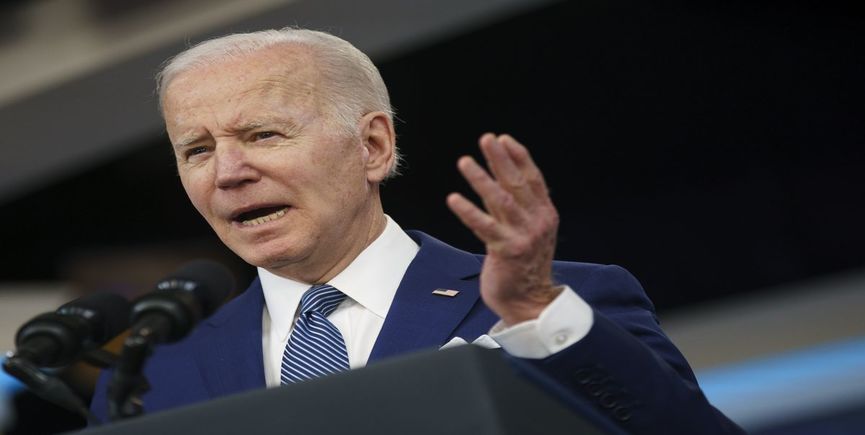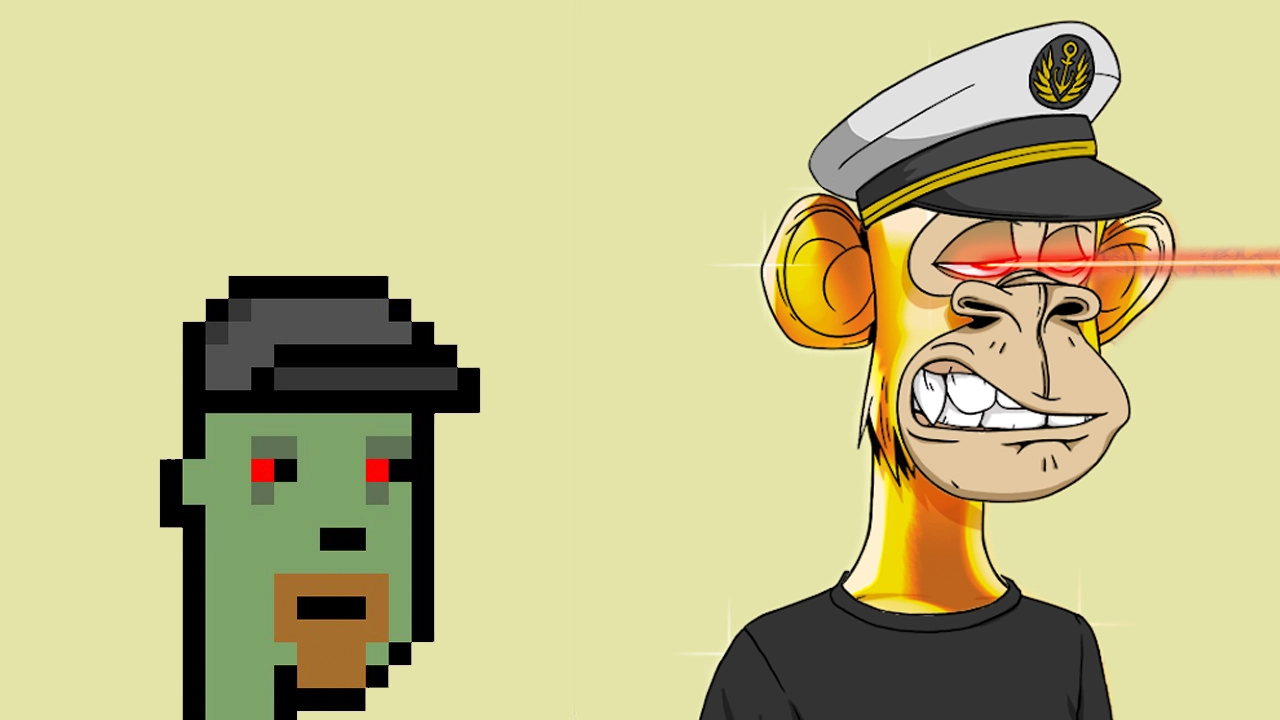
- November 22, 2021
The Wild Decimal Frontier of Crypto is highlighted by a coin worth $0.00004893.
When it comes to decimal places, cryptocurrencies are treading into bizarre territory that other markets have never ventured — or bothered, really — to go before.
On Friday afternoon, Shiba Inus were selling for around $0.00004893 each, while Dogecoin was trading for less than a cent at the start of the year. A Bitcoin can be divided into satoshis, each of which is worth 0.00000001. Then there's the most bizarre of them all: the wei. That's 0.000000000000000001, or one quintillionth of an Ether.
The most plausible explanations are a mixture of understandable and perplexing.
Penny stocks are popular among retail investors. When a change from one cent to two cents doubles your money, it's easy to fantasise about large profits. Even if Shiba Ibu and Dogecoin don't contribute anything else to the table, going even smaller relies on some long-standing coattails. Who doesn't want to spend a million dollars on something? This is only about $50 with Shiba Inu.
"A lot of these meme coins, like Doge and Shiba, are attracting retail investors because they appear to be cheap," said Halsey Minor, executive chairman of Public Mint, a blockchain platform. "In many cases, there's a psychological factor here where people believe, 'Oh, a whole Bitcoin is $65,000, but one Dogecoin is only 25 cents.'"
But, other from the fact that they're named after crypto pioneers, the rationale for such tiny slivers of Bitcoin, Ether, or Ether's cousins (smart contracts utilising the ERC20 standard that also exist on the Ethereum blockchain) is tougher to explain. Satoshi Nakamoto, the founder of Bitcoin, is the satoshi's namesake. Wei refers to Wei Dai, a well-known cryptographer.
Why would someone require a token to be divided to 18 decimal places? There aren't many strong ones, to be sure. Though, theoretically, a token's value could climb to the point where all those decimal places would be useful. At least in principle.
"Many researchers in the space have agreed that the 18-decimal standard for ERC20 tokens is pretty arbitrary and likely not ideal — 18 decimals is a LOT of precision for pretty much any use case," said Arjun Bhuptani, co-founder and project lead of Connext, an interoperability network that enable interaction between Ethereum-compatible blockchains.
The problem is that, while numbers can be multiplied indefinitely or divided indefinitely tiny, computer technology has finite storage capacity. As a result, several platforms and tokens have elected to abandon the 18-decimal system. The stablecoin Tether, often known as USDT, is an ERC20 token with just six decimal places. Even still, that's a lot for a coin that's supposed to be worth nearly $1.
"When doing this, the tradeoff that token designers often examine is whether the benefit in user experience outweighs the additional effort that would be required for other projects and applications to integrate it," Bhuptani added.
The end result is decimal precision, which refers to how far to the right of the decimal point different systems are willing to go. When placing a transaction with Kraken, for example, there are limits on how many numbers can be entered. Because of its high price, the exchange has eliminated the use of pennies for purchasing Bitcoin; orders can now only be placed in dime increments. When it comes to making an order for a specific amount of a token, forget about the 18-decimal norm for Ethereum-based tokens: Kraken and many other platforms only allow you to order 8 tokens.
"A lower price accuracy can help order books work more efficiently by minimising the volume of cancelled (unfilled) orders as traders constantly jump in front of each other by small fractions in price," Kraken states on its website.
When it comes to coins like Shiba Inu, Dogecoin, and SafeMoon — which is currently trading at $0.00000348 — it's usually a ridiculously huge number to the left of the decimal when it comes to supply that helps create a ridiculously small number to the right when it comes to price. Shiba Inu began with a one quadrillion supply. To put it another way: 1,000,000,000,000,000.
While half of that was sent to Ethereum co-founder Vitalik Buterin, who "burned" the majority of it by sending it to an untraceable wallet, there was still roughly 500 trillion coins left.
So, in the extremely unlikely case that the coin's value rose to $1, the whole amount in circulation would be worth about ten times that of the entire US stock market. According to Jonathan Azeroual, vice president of blockchain asset strategy at crypto trading platform INX, "retail traders probably aren't thinking through how implausible that is."
"Basically, decimalization on Dogecoin and Shiba was the best marketing thing you could ever do," Azeroual explained. "Nobody wants to buy 0.01 Bitcoin, but everyone wants millions of Shiba." “Why? Because they believe that one day, that product will be worth $1."
Because of this psychological effect, some in the crypto community advocate for quoting satoshi pricing rather than full Bitcoin values. When Bitcoin reaches $65,000, a satoshi is $0.00065, which is more than 10 times the price of a Shiba Inu.
In addition, subdivisions of a coin are limited to eight decimals on INX. Even so, it's quite a lot. Starting at the sixth position, you're dealing with a fraction of Ether valued less than a penny, and you're deep into "dust" territory — slivers of tokens so small that they can get stuck in wallets due to a lack of value to cover transaction charges.
Of course, the crypto realm is known for making what once appeared improbable plausible, and vice versa. Azeroual recalls the cautionary tales of the past, when people wasted large sums of Bitcoin or Ethereum as payments just to be able to. For example, in 2010, a man spent 10,000 Bitcoins (about $600 million at the time) on two pizzas. You can now acquire something like 10,000 pizzas for one Bitcoin at some establishments.
"And that's what the exchanges are dealing with at the end of the day," he continued, "what the price will be 10 years from now,” he said. “Who knows? Right?”

